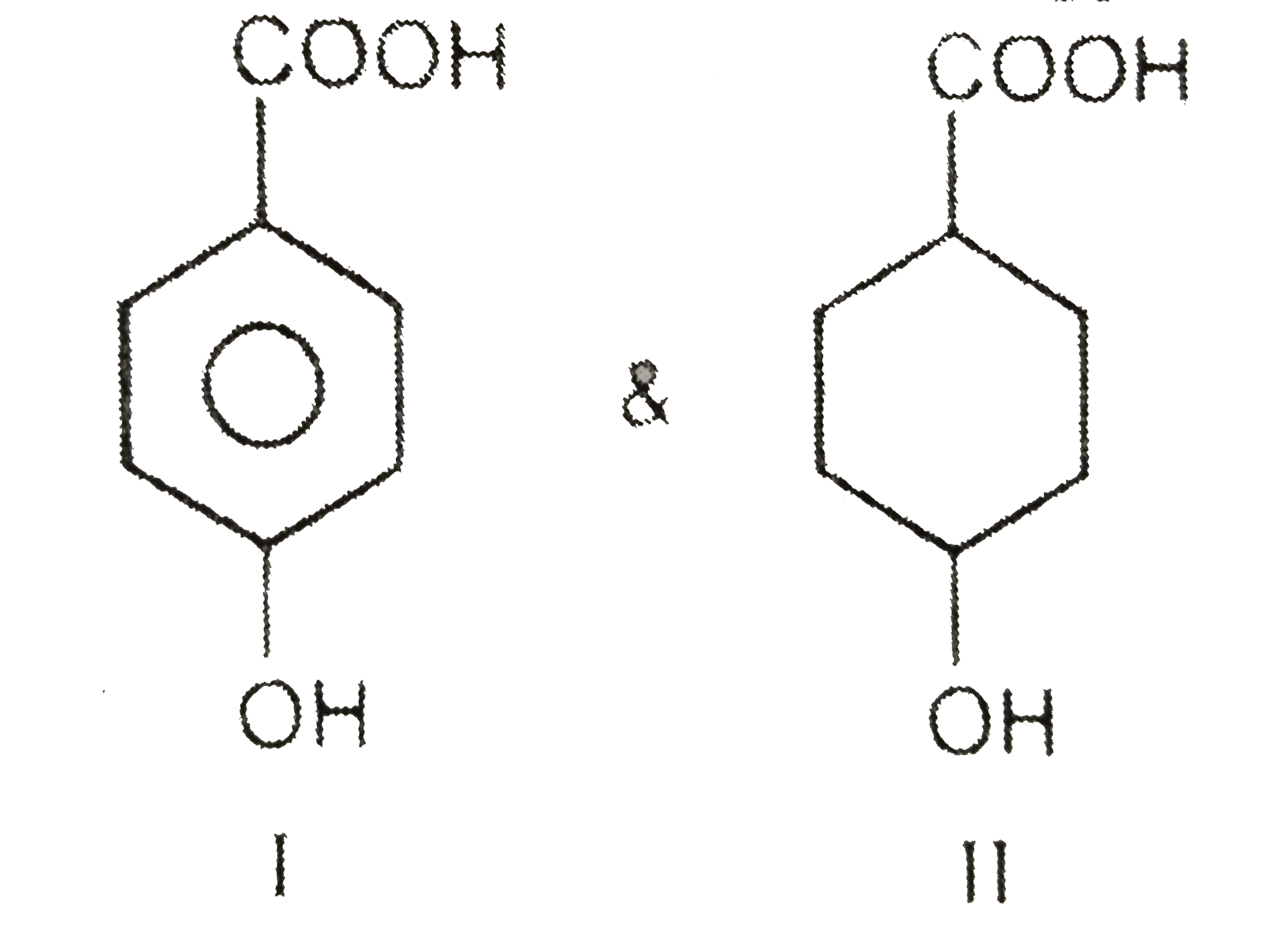Which one of the following reagents distinguish ethylene from acetylene?
A. Aqueous alkaline KMnO4
B. Cl2 dissolved in CCl4
C. Ammoniacal Cu2Cl2
D. conc. H2SO4
The correct Answer is:C
To distinguish between ethylene (ethene) and acetylene (ethyne), we can analyze their reactions with different reagents. Here’s a step-by-step solution:
Step 1: Identify the Compounds
- Ethylene (Ethene) is represented as CH2=CH2.
- Acetylene (Ethyne) is represented as CH≡CH.
Step 2: Analyze the Reagents
We need to find a reagent that can differentiate between these two hydrocarbons. The options provided in the question are likely to include various reagents.
Step 3: Test with Aqueous KMnO4
- When ethylene is treated with aqueous KMnO4, it undergoes oxidation to form formic acid (HCOOH).
- When acetylene is treated with aqueous KMnO4, it also undergoes oxidation to form oxalic acid (C2H2O4).
- Both reactions decolorize KMnO4 from pink to colorless, meaning KMnO4 cannot distinguish between ethylene and acetylene.
Step 4: Test with Chlorine in Carbon Tetrachloride
- Chlorine (Cl2) in carbon tetrachloride (CCl4) will react with both ethylene and acetylene through an addition reaction.
- Ethylene will form dichloroethane (CH2Cl-CHCl2) and acetylene will form dichloroacetylene (CHCl=CCl).
- Since both compounds react similarly, chlorine in CCl4 cannot distinguish between them.
Step 5: Test with Ammonical CuCl2
- Ammonical CuCl2 (cuprous chloride) reacts differently with terminal alkynes (like acetylene) compared to alkenes (like ethylene).
- When ethylene is treated with ammonical CuCl2, there is no reaction.
- When acetylene is treated with ammonical CuCl2, it forms a red precipitate due to the formation of a copper acetylide complex.
- This red precipitate is a clear indication that acetylene is present, thus allowing us to distinguish it from ethylene.
Step 6: Test with Concentrated H2SO4
- When ethylene reacts with concentrated sulfuric acid (H2SO4), it undergoes electrophilic addition to form ethyl hydrogen sulfate (CH3CH2OSO3H).
- When acetylene reacts with concentrated H2SO4, it also undergoes electrophilic addition but forms a different product.
- However, both compounds react with H2SO4, so this reagent cannot distinguish between them.
Conclusion
The reagent that can distinguish ethylene from acetylene is ammonical CuCl2, as it forms a red precipitate with acetylene but not with ethylene.
Final Answer
C. Ammonical CuCl2
- Ethylene (Ethene) is represented as CH2=CH2.
- Acetylene (Ethyne) is represented as CH≡CH.
We need to find a reagent that can differentiate between these two hydrocarbons. The options provided in the question are likely to include various reagents.
- When ethylene is treated with aqueous KMnO4, it undergoes oxidation to form formic acid (HCOOH).
- When acetylene is treated with aqueous KMnO4, it also undergoes oxidation to form oxalic acid (C2H2O4).
- Both reactions decolorize KMnO4 from pink to colorless, meaning KMnO4 cannot distinguish between ethylene and acetylene.
- Chlorine (Cl2) in carbon tetrachloride (CCl4) will react with both ethylene and acetylene through an addition reaction.
- Ethylene will form dichloroethane (CH2Cl-CHCl2) and acetylene will form dichloroacetylene (CHCl=CCl).
- Since both compounds react similarly, chlorine in CCl4 cannot distinguish between them.
- Ammonical CuCl2 (cuprous chloride) reacts differently with terminal alkynes (like acetylene) compared to alkenes (like ethylene).
- When ethylene is treated with ammonical CuCl2, there is no reaction.
- When acetylene is treated with ammonical CuCl2, it forms a red precipitate due to the formation of a copper acetylide complex.
- This red precipitate is a clear indication that acetylene is present, thus allowing us to distinguish it from ethylene.
- When ethylene reacts with concentrated sulfuric acid (H2SO4), it undergoes electrophilic addition to form ethyl hydrogen sulfate (CH3CH2OSO3H).
- When acetylene reacts with concentrated H2SO4, it also undergoes electrophilic addition but forms a different product.
- However, both compounds react with H2SO4, so this reagent cannot distinguish between them.
The reagent that can distinguish ethylene from acetylene is ammonical CuCl2, as it forms a red precipitate with acetylene but not with ethylene.
C. Ammonical CuCl2
Topper's Solved these Questions
- HYDROCARBONS BOOK - ICSECHAPTER - HYDROCARBONS EXERCISE - TRUE OR FALSE TYPE QUESTIONS
35 Videos
- HYDROCARBONS BOOK - ICSECHAPTER - HYDROCARBONS EXERCISE - FILL IN THE BLANKS TYPE QUESTIONS
22 Videos
- HYDROCARBONS BOOK - ICSECHAPTER - HYDROCARBONS EXERCISE - ESSAY (LONG ANSWER) TYPE QUESTIONS
28 Videos
- EQUILIBRIUM BOOK - ICSECHAPTER - EQUILIBRIUM EXERCISE - NCERT TEXT-BOOK EXERCISE
109 Videos
- HYDROGENBOOK - ICSECHAPTER - HYDROGENEXERCISE - NCERT TEXT-BOOK EXERCISE (With Hints and Solutions)
53 Videos
Similar Questions
Knowledge Check
Which of the following reagents can be distinguish propyne from propene?
ABr2,CCl4BDilute KMnO4CConc. H2SO4DAgNO3 in NH4OH
Which of the following reagents may be used to distinguish between phenol and beznoic acid ?
View SolutionWhich one of the following reagents is not suitable for the elimination reaction?

View SolutionWhich one of the following reagents is suitable for the converston of 2-cyclohexenone into 3-methylcyclohexanone ?
View SolutionWhich of the following reagents can be used to distinguish Benzaldehdyde from acetophenone?
View SolutionWhich of the following reagents will be able to distinguish between 1−butyne and 2−butyne ?
View SolutionWhich of the following reagents can be used to distinguish between a sulphite and a sulphate in solution?
View SolutionWhich of the following reagents cannot be used to distinguish between phenol and benzyl alcohol ?
View Solution

